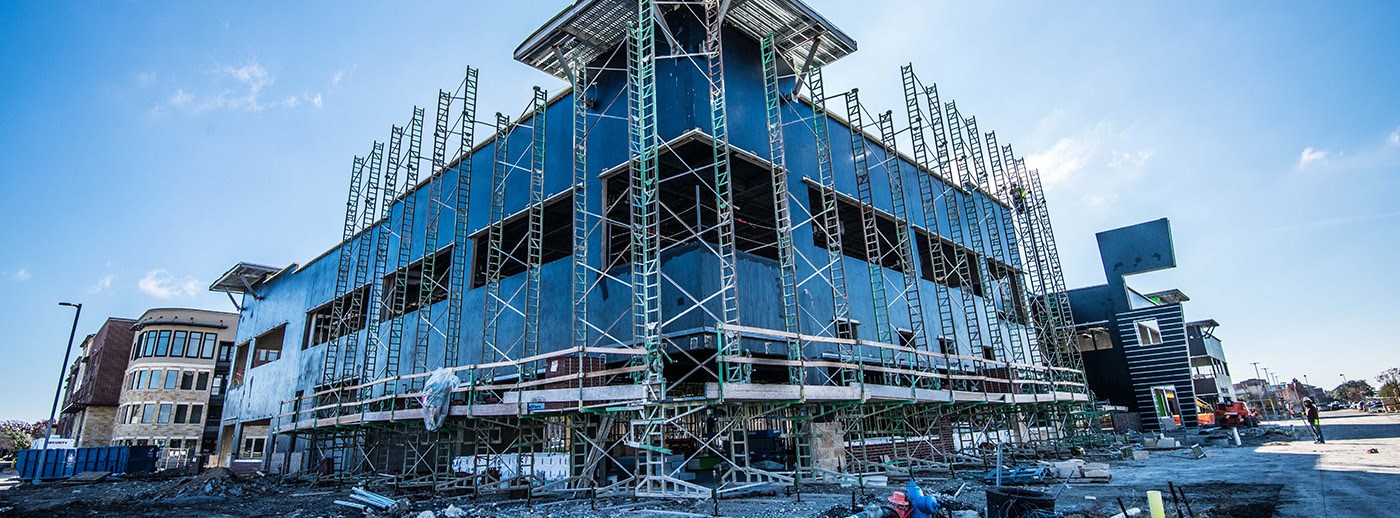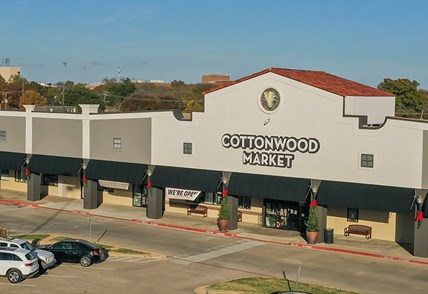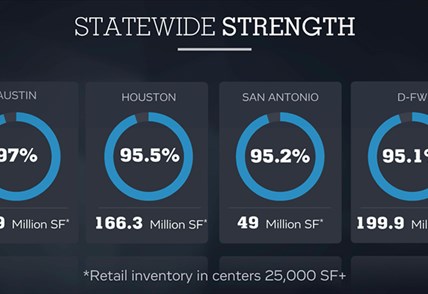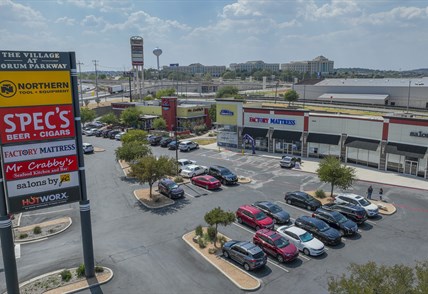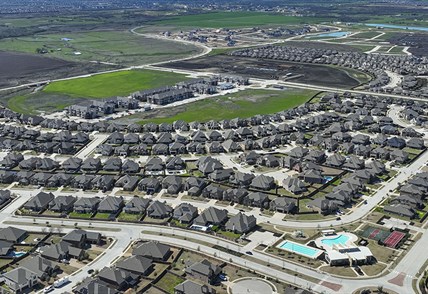National real estate publication Connect Media asked Weitzman president and CEO Marshall Mills to delve a little more deeply into the North Texas retail sector.
Q. D-FW is seeing just two retailers – Toys “R” Us and Sears – account for more than one million square feet of new vacancy in 2018. How big a hit is this for the retail market?
A. We’re lucky that we have a strong market, an incredible economy and leasing demand that is back-filling market vacancies at a steady pace. As a result, even with Toys “R” Us putting 600,000 square feet of vacancy on the market in June, we saw occupancy as of mid-year actually edge up to 92.5% from 92.4% at year-end 2017. That 92.5% is the second-highest occupancy rate for our market in more than three decades. And based on interest from concepts ranging from fitness uses to multi-tenant redevelopment, we expect to see the best-located vacancies absorbed or redeveloped within the next 18 months. The Sears stores are set to close by fall 2018, and operators are seeing interest in the locations as anchor or multi-tenant space. And remember, these closed toy and department stores represent only about one-half of one-percent of vacancy, based on D-FW’s retail inventory, which limits their overall negative impact on the market’s health.
Q. Developers have traditionally responded to a tight market with a round of new construction. Is that the case for 2018?
A. We are seeing notable development activity, with the new space expected to open by year-end on pace to mirror the 4.1 million square feet that came online in 2017. Based on projects underway, the market currently is on track to add approximately 3.48 million square feet of retail space during calendar-year 2018. But on a historic basis, that new-space total is low for a market that used to routinely add as much as 10 million square feet per year a decade or two ago. The new space also features a line-up of what we are calling Internet-resistant anchors, like grocery stores, restaurants, entertainment concepts, fitness, beauty, medical and dental and services. And much of the new retail is in our rapid-growth residential markets like Prosper, McKinney, North Fort Worth, Mansfield and others. No matter how much our industry changes, retail still follows rooftops.
Q. How long do you expect the current situation to last?
A. If I had a definite answer to that, our business would be much easier. But we recently attended a conference with some of the top real estate economists in the country, and they all predicted that this healthy cycle is good for several more years. And even if there is a downturn after 2020, they expect it to be mild due to the fact that we are today operating in a real estate market with a healthy balance of supply and demand. Nothing is too overheated.
